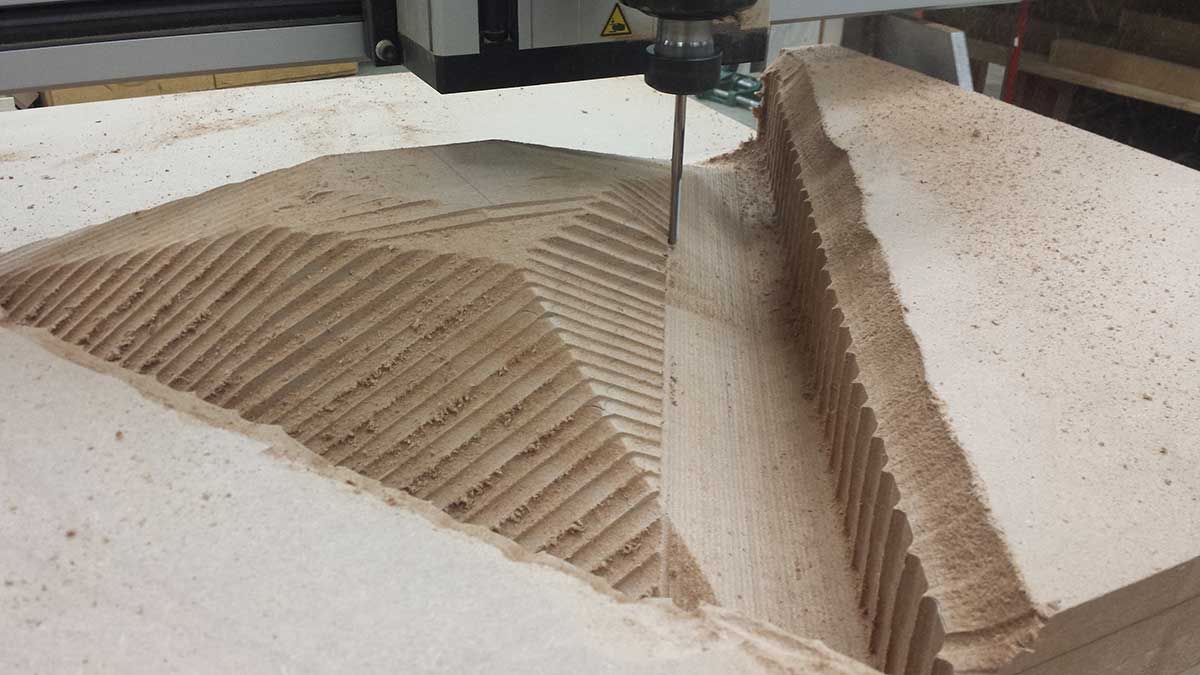Funding supports collaborative design project to reinvigorate blighted urban areas
 The SUNY Research Foundation (RF) has awarded a grant to a team of scholars from SUNY New Paltz, SUNY Purchase and the University at Buffalo (UB) who have proposed to plan, test and manufacture works of movable architecture that can be transposed upon abandoned buildings affected by urban decay.
The SUNY Research Foundation (RF) has awarded a grant to a team of scholars from SUNY New Paltz, SUNY Purchase and the University at Buffalo (UB) who have proposed to plan, test and manufacture works of movable architecture that can be transposed upon abandoned buildings affected by urban decay.
“This project constitutes a major cross-disciplinary collaboration between SUNY schools, NGOs and community partners,” said Matthew Friday, graduate coordinator in the Department of Art. “It originated as a conversation about how our three institutions could work together on a project that crossed the fields of sustainable architecture, community education and outreach, engineering, art and 3D printing. We wanted to capitalize on the technological resources and faculty expertise of our different schools.”
Friday and Michael Gayk, assistant professor in the Department of Art, will draw on digital design and fabrication tools available through the SUNY New Paltz School of Fine and Performing Arts to prototype iterative scale models of product designs supplied by coordinators at UB. Workable outputs will then be passed to SUNY Purchase for manufacture.
“Our contribution to the design is going to be primarily in figuring out how it will be manufactured and how it will be packed so as to be mobile,” Gayk said. “We’re not only interested in injecting aesthetic ideas, but in asking how the finished product will function in the world outside the institutions.”

New Paltz fine arts students will have opportunities to contribute to this project in a number of ways. Gayk’s fall semester course “Crafting in Virtual Space” will be modified to include lessons in prototyping drawn from this project, and independent study sections will also be opened for students to partake in production.
The first completed units will be installed Detroit, Mich. The city is a logical fit for this project, as its early efforts to recover from a particularly damaging recession have been marked by significant expansion of businesses connected to 3D printing and digital fabrication.
The city has also seen a recent influx of immigrant residents, many of whom have ties to Morocco and to the culture of that region. For that reason, the project coordinators are drawing on the vocabulary of Moroccan art and architecture in their work.
“Moroccan design is centered on beautiful tessellated patterns,” Friday said. “They have the virtue of being scalable, which means they can be built in parts and easily adapted to different environments.”
Implementation will be facilitated in part by SPURSE, a creative consultancy organization of which Friday is a member. SPURSE will develop public programming and community partnerships in Detroit to help ensure access to the spaces and benefits created by these models.
Friday said the project team is in the process of investigating opportunities to develop further variations of this project to rejuvenate downtrodden areas in upstate New York cities like Buffalo, Rochester and Syracuse.
More information about funding opportunities available through the SUNY Research Foundation is available online.

